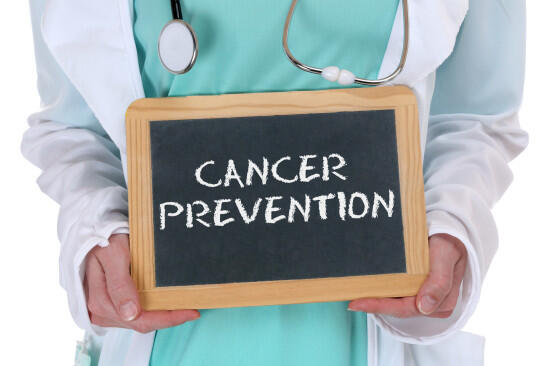Cancer-related deaths are estimated to increase in the coming years by more than 50 percent, in spite of the currently available treatments and all the advancements in terms of prevention and early diagnosis. The most common cause of cancer deaths is lung cancer, followed by liver cancer, which result annually in more than one and a half million deaths and seven hundred fifty thousand deaths respectively.
So, how can the world address this problem?
To deal with this concern, scientists are divided between supporters of research on new methods, and defenders of existing techniques. Recently, a new report that proposes new research methods that will promote the quality of cancer prevention, diagnosis and treatment, was published. An opposing response to this issue has arisen, were researchers on cancer prevention commented by saying that there is no need for the establishment of new methods, when better implementation of the exiting knowledge is possible.
Future Research Recommendations
The “Blue Ribbon Panel” report was presented to the “National Cancer Advisory Board” and revealed in its final version on October 17, 2016. This report describes 10 research recommendations that in 5 years can result in great progress in the prevention, diagnosis and treatment of cancer. The 10 recommendations are listed below:
- Create a network that allows patients to share their entire cancer profile data, in order to recognize the successful therapies, and check on whom did they work and in which types of cancer.
- Establish a network that deals solely with “Immunotherapy” so that scientists can study why it is successful in some patients, while it fails in others.
- Study the resistance of cancer cells to previously effective treatments, in an effort to overcome the resistance to therapies.
- Build a national cancer data ecosystem which allows researchers, clinicians and patients to share and analyze cancer data.
- Conduct more researches on the triggers of childhood cancers.
- Improve the monitoring and management of patient-reported symptoms to cancer treatments, so that these weakening side effects can be reduced.
- Advance the implementation of proven strategies for cancer prevention and early detection.
- Use data of past cancer patients to predict outcomes in future patients.
- Develop dynamic 3-D maps of human cancer development from precancerous lesions to advanced cancer, in order to document the genetic lesions and cellular interactions throughout cancer’s evolution stages.
- Build up new technologies that help in the characterization of cancers and testing therapies.
Existing Knowledge and Technologies
Professor David Hunter, who studies cancer prevention, believes that almost half of the cancer cases and deaths are preventable through existing knowledge and technologies. Professor Hunter explains how lung, liver, cervical and breast cancers, in addition to childhood leukemia can be averted through currently available methods.
Lung cancer is easily preventable through employing few measures that can reduce the number of people using tobacco, which is a major risk factor for lung cancer development. Public education, banning indoor smoking and taxing tobacco to increase the prices, are simple steps that should be put into action seriously, since they can help reduce the number of smokers and consequently the lung cancer cases.
Liver cancer which is mainly caused by hepatitis B or hepatitis C viral infections can be diminished by available methods. The latter is achieved by vaccination for hepatitis B virus during infancy and preventing the consumption of Aflatoxin, a toxin produced by molds on seeds and nuts that increases the risk of the development of hepatitis B infection to liver cancer. Adding to this, curing hepatitis C infections can prevent the incidence of liver cancer, but what is holding back the treatment in developed and developing, is the high costs of drugs that treat hepatitis C infections, where “Sovaldi” is a typical example. Also, avoiding heavy alcohol consumption can reduce the risk of liver cancer, as well as breast, esophageal, pancreatic, colon and rectal cancers.
Cervical cancer, which kills more than two hundred fifty thousand women annually, is almost entirely caused by the Human Papillomavirus (HPV) infection. Pap smears which are screening tests that help detect lesions, and the removal of precancerous lesions can help in the reduction of cervical cancer cases among women. Vaccination before sexual activity is an additional way for the protection against the major HPV strains that cause cancer. Yet, the effectiveness of HPV vaccines in cervical cancer prevention is controversial.
For acute lymphocytic leukemia, the most common form of childhood leukemia in developed countries, the conventional chemotherapy can cure more than 80 percent of affected children. Moreover, the mortality of estrogen-fueled breast cancer can be reduced by using drugs such as “Tamoxifen” and “Aromatase Inhibitors”. Yet, the unavailability of such treatments for patients, especially in developing countries, is the reason behind having people die. Therefore, Professor Hunter argues that we do not need new treatments; we just need to expand the access to these treatments.











